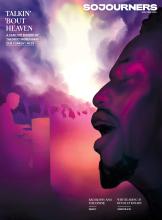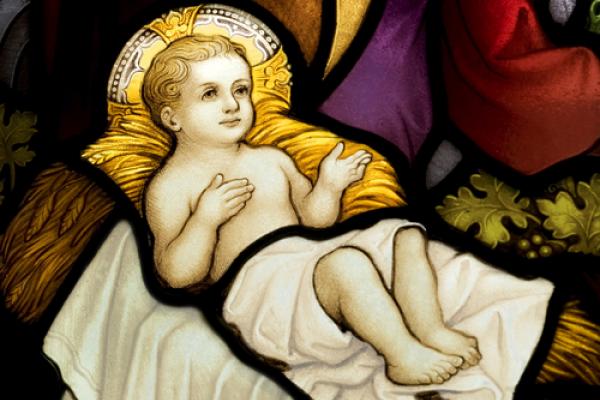“What Child is This,” written by William C. Dix in 1865 is one of the few Christmas carols I know of that does not have its own musical arrangement. It uses the tune, “Greensleeves” (a traditional English folk song, thought to have been written in the late 16th or early 17th century), which when paired with Dix’s lyrics creates a haunting and beautiful image of the birth of our Lord.
There’s another song that’s less well-known titled “Child of the Poor,” written by Scott Soper (published in 1994). The counter melody blends stunningly with the melody of “What Child is This.” Reading the lyrics, side by side, gives me chills. In part, because it reminds me that hope is found in low places — God could’ve chosen to be raised in comfort (as Moses was). The cross was only the finale of Jesus’ discomfort. “Child of the Poor” honors the death and discomfort we often don’t want to think about while we’re sitting around the fire drinking cocoa.
Read the Full Article

